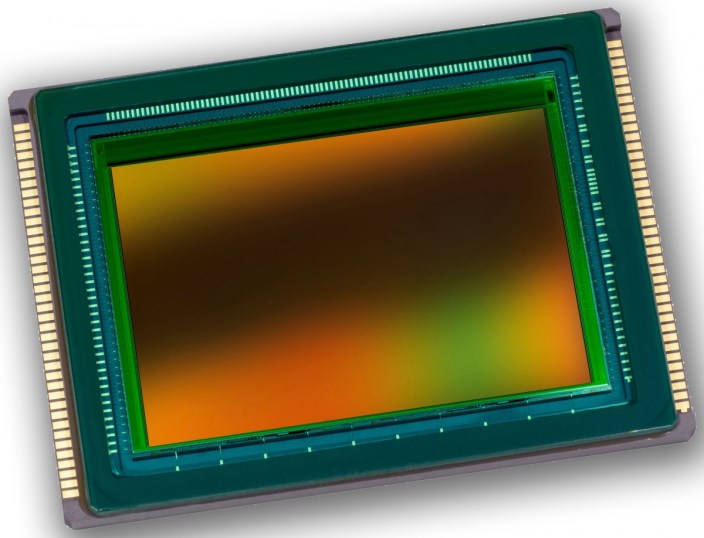
More details emerge on Moto X’s Clear Pixel sensor – and why you should care
Motorola told us yesterday that the Moto X has a “10MP Clear Pixel (RGBC)” camera, and now Engadget has a little more info on this.
It’s the OmniVision OV10820, a 1/2.6-inch sensor with a video-friendly 16:9 aspect ratio and large 1.4-micron pixels. Its strong low-light performance comes through a two-chip approach. The sensor captures RAW images using a sensitive RGBC (red / green / blue / clear) color filter, and a companion chip automatically converts the resulting shots into the Bayer format that most imaging processors expect. The result is a high-performance camera that slots inside the Moto X without requiring any special effort.
RAW images allow a sensor to capture greater ‘dynamic range’. Picture a bright sunny day with a tree casting a shadow. With most sensors, either the shaded area would appear solid black or the surrounding area would appear too bright. RAW allows a sensor to retain detail across both bright and dark areas.
And the size of the pixels? These are again important for image quality, especially in low-light conditions. There has been a tendency for manufacturers to cram more and more pixels into a given sensor size, knowing that most consumers think a higher megapixel number has to mean a better camera. In practice, it can mean the opposite as the quality of indoor photos suffer because the pixels are too small. A larger physical sensor size enables larger pixels and better quality.
1.4 micron pixels are larger than most smartphone cameras, but not exceptional in todays high-end handsets. It’s larger than the 1.12 micron in the standard Samsung S4, the same as the S4 Zoom and iPhone 5 – but not as large as the 2 micron pixels in the HTC One.
